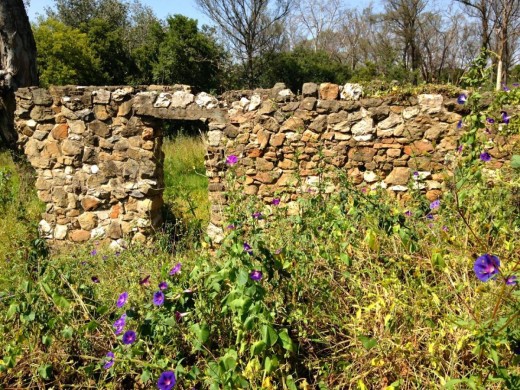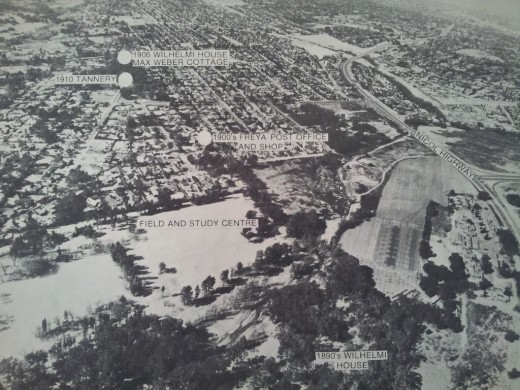Back in the day
PARKMORE - The Driefontein farmhouse paints a clear picture of life in the early years of the Transvaal.

As Johannesburg celebrates its 130th birthday, the Sandton Chronicle decided to take a look back at a piece of our own history, tucked away in Parkmore.

“The Driefontein, or Weber Farmhouse, built in 1904, is the oldest surviving homestead in Sandton and was home to the German pioneering couple, Adolf and Elsa Wilhelmi; Adolf fought in the Anglo-Boer war and his son-in-law, Max Weber, lived in the house later and became the curator of the Geology Museum in Johannesburg,” said Sarah Welham, researcher at the Johannesburg Heritage Foundation.
“Both men and their wives played significant roles in the early days of Johannesburg. The house is a good example of farm living in the Transvaal in the early 1900s.”
The Wilhelmi’s first house was a corrugated iron shack on the Forest Farm side of the Braamfontein Spruit. They later built a stone house near a bend in the river. The house was located close to what is now the William Nicol Highway.
In 1899, the family subdivided their land and sold 9.56 morgen to the Salvation Army. The property was later taken over by the Transvaal Association for the Care of Cerebral Palsied (TACCP) who established Forest Farm in the 1980s.
During the Anglo-Boer of 1899 to 1902, Adolf Wilhelmi joined a Boer commando under the command of General De La Rey, and was later captured by the British. On their return from Germany after the war, the Wilhelmi’s found their house burnt out and all the furniture gone, much of which they recognised in other houses in the area.
In 1906, Adolf dammed a section of the Braamfonten Spruit. This dam became a favourite picnic spot for the German community of Johannesburg.
The foreman of their farm was Ernest George Wright. He and his wife, Christina, moved into the Wilhelmi’s old stone house in 1908. Christina’s brother was the owner of one of the first cars in Johannesburg and brought it to Driefontein Farm. He was probably the first person to drive a car on what was to become Panners Lane.
Most of the Wilhelmi children attended the Driefontein School which was built in what is now Parkmore in 1912.
“The property has recently been renovated and has been opened for tender by the City of Johannesburg. We have done extensive work on the interior of the house, as well as major architectural work to brace the crumbling foundations of the farmhouse” said Zoleka Ntabeni, City of Johannesburg’s manager for Public Culture.
“There is so little of Sandton’s history left now, that it is imperative that we save as much as we can of what remains.” concluded Welham.
The Sandton Chronicle would like to thank the Johannesburg Heritage foundation and the Panners Kingswood Village Association for assisting with the article.
Details: Sarah Welham welham@icon.co.za; Zoleka Ntabeni zolekan@joburg.org.za




